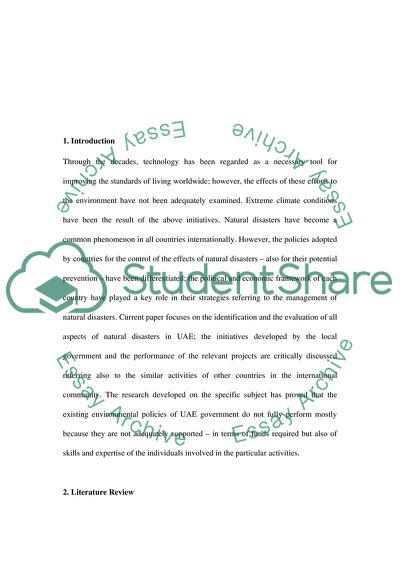Cite this document
(Natural Disasters in the UAE Essay Example | Topics and Well Written Essays - 3000 words, n.d.)
Natural Disasters in the UAE Essay Example | Topics and Well Written Essays - 3000 words. Retrieved from https://studentshare.org/geography/1744421-natural-disasters-in-the-uae
Natural Disasters in the UAE Essay Example | Topics and Well Written Essays - 3000 words. Retrieved from https://studentshare.org/geography/1744421-natural-disasters-in-the-uae
(Natural Disasters in the UAE Essay Example | Topics and Well Written Essays - 3000 Words)
Natural Disasters in the UAE Essay Example | Topics and Well Written Essays - 3000 Words. https://studentshare.org/geography/1744421-natural-disasters-in-the-uae.
Natural Disasters in the UAE Essay Example | Topics and Well Written Essays - 3000 Words. https://studentshare.org/geography/1744421-natural-disasters-in-the-uae.
“Natural Disasters in the UAE Essay Example | Topics and Well Written Essays - 3000 Words”, n.d. https://studentshare.org/geography/1744421-natural-disasters-in-the-uae.


